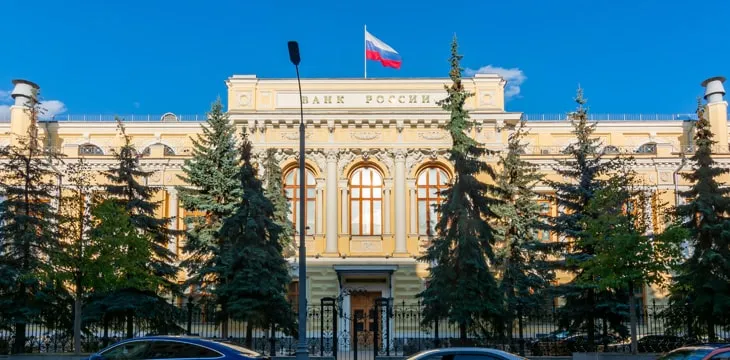|
Getting your Trinity Audio player ready...
|
The Russian central bank recently met with some of the country’s commercial banks to discuss the proposed digital ruble. The discussions centered on the role of the regulator in digital ruble issuance, whether it would replace or supplement paper cash and the need to protect banks against an outflow of liquidity.
Olga Skorobogatova, the Bank of Russia’s deputy chair, recently met with the representatives of the country’s top banks. As Russian newspaper Kommersant revealed, the meeting was the regulator’s way of collecting early feedback from the industry. However, it revealed a huge difference between the regulator and commercial banks in their CBDC outlook.
One of the main areas of contention was the digital ruble issuance. As CoinGeek reported, the Bank of Russia had indicated it was considering different approaches. One of them would see the central bank issue the digital ruble directly to the public and host their digital wallets. This turned out to be the most contentious proposal, with most banks opposing it. As Kommersant reports, commercial banks believe such an approach would force them out of business.
One of the most outspoken critics of the approach was Alexander Samokhvalov, the chair of the board at Russian Standard Bank.
He stated, “We support a model in which the service component can be implemented in banks, since now they have sufficient infrastructure to maintain it. This is logical, because in a model where the regulator does everything himself, there is almost no room for banks.”
The bankers further pointed out that the regulator hadn’t been more specific on the role of the lenders in the digital ruble ecosystem.
Some of the banks that attended the meeting included Russia’s largest bank Sberbank, VTB Bank, Gazprombank, Moscow Credit Bank, Post Bank and the Russian Standard Bank.
A week earlier, the central bank had met up with Russia’s largest payment service providers to collect their views. It is set to meet with the Association of Russian Banks next, before presenting its proposals to the State Duma.
“It’s extremely important for us to hear the market’s opinion and take it into account in further work on the project,” a central bank official told the newspaper.
To learn more about central bank digital currencies and some of the design decisions that need to be considered when creating and launching it, read nChain’s CBDC playbook.
See also: CoinGeek Live panel on The Future of Banking, Financial Products & Blockchain

 08-06-2025
08-06-2025 





